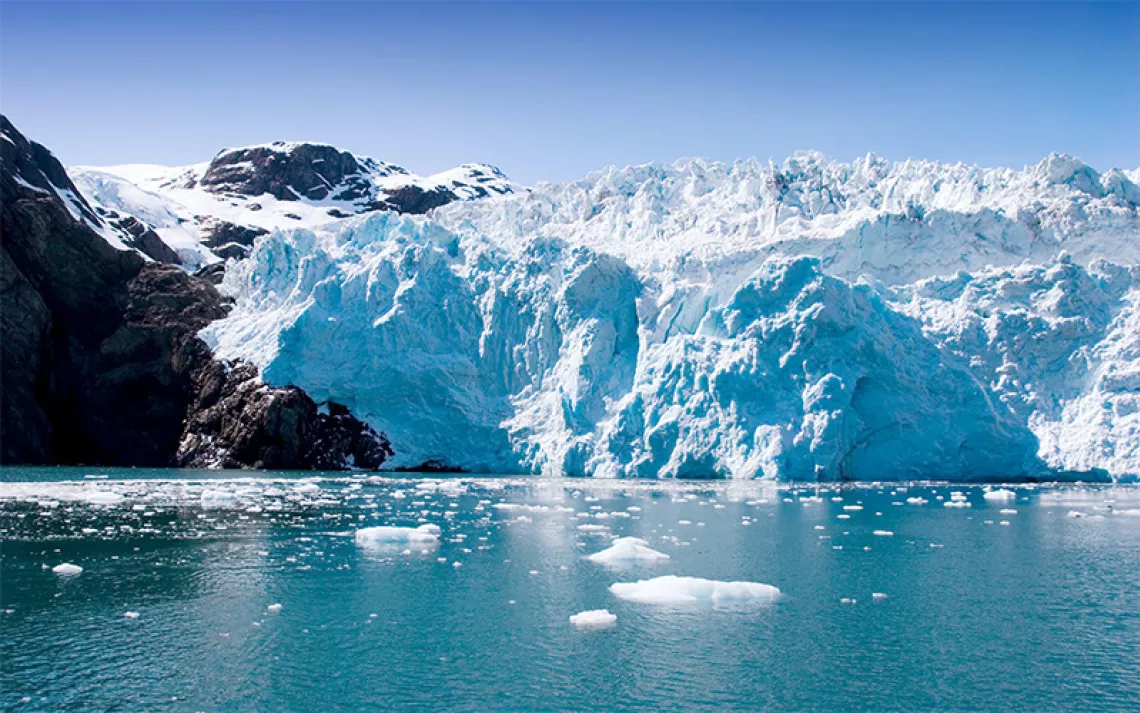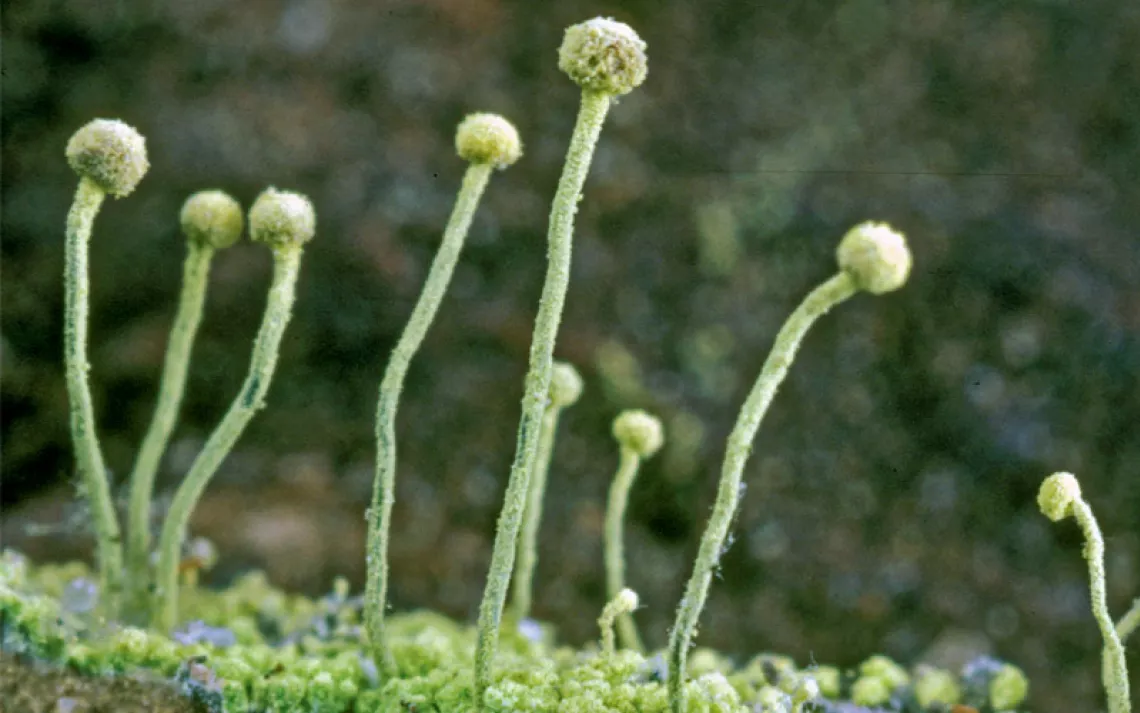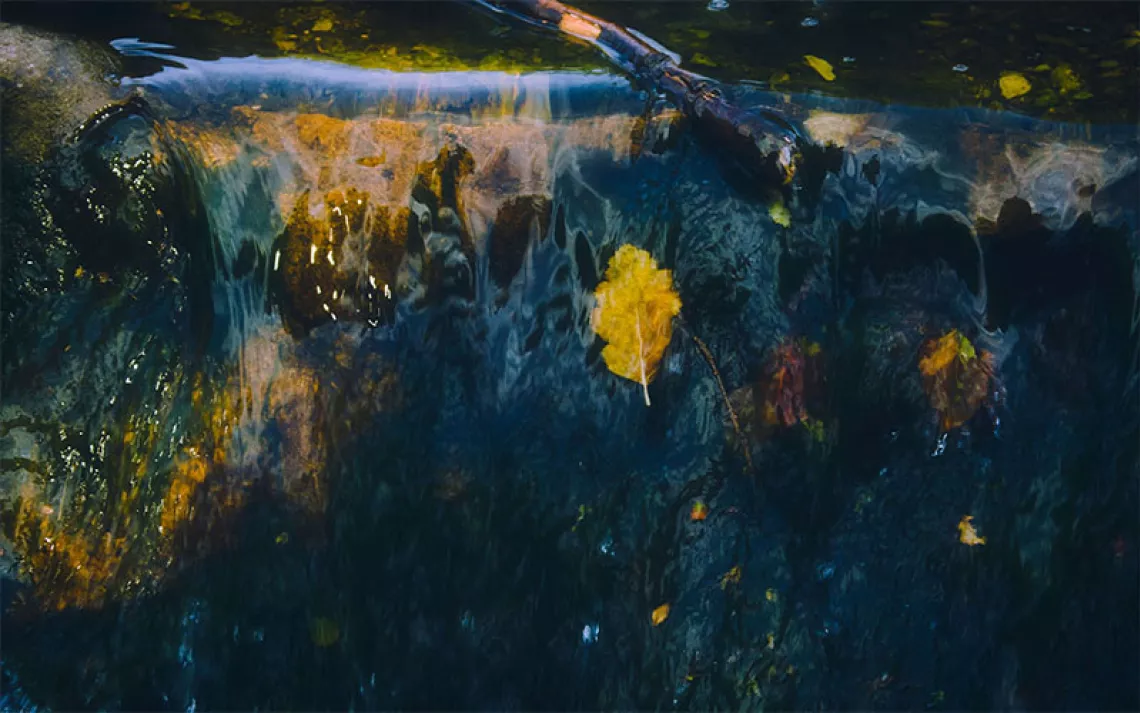Plastic Permanence: Our litter is now part of the geologic record
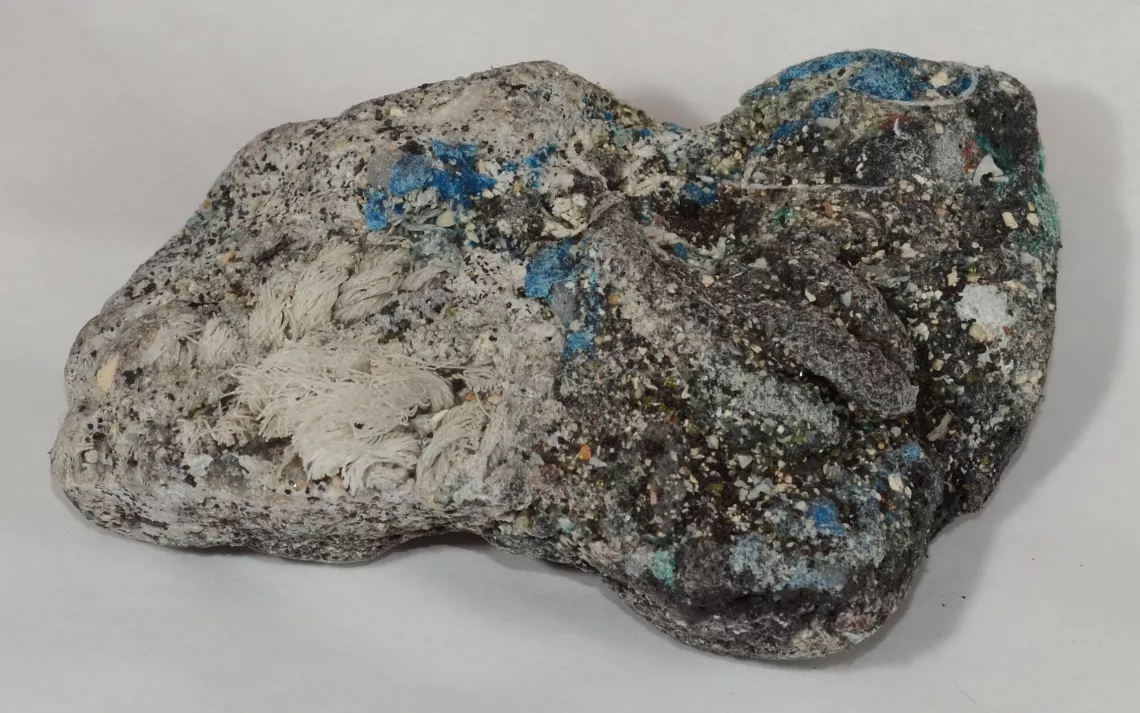
Photos courtesty of Dr. Patricia Corcoran
From a human perspective, the earth’s geography changes pretty slowly — it takes thousands of years for a glacier to carve out a valley, for plate tectonics to form mountains and for volcanic eruptions to layer new land masses. But a recent discovery by scientists shows a new addition to the rock record, and it’s partly man-made.
The new hybrid rock type is called a plastiglomerate, and the colorful stones are cropping up on shorelines in Hawaii. They’re multicolored and multitextured, a mosaic of stone and polymer. Plastiglomerates are formed when plastic is melted and hardens into pores of existing rocks. They’re usually between 2 and 8 inches, and rounded from erosion on the shore.
Dr. Patricia Corcoran, associate professor at the University of Western Ontario, and Charles J. Moore, an oceanographer credited for bringing the Great Pacific Garbage Patch to national attention, discovered plastiglomerates on Kamilo Beach, a stretch of shoreline along the southeast coast of the island of Hawaii. Currents from the North Pacific gyre lead here, and often carry debris to the shore. The beach is also remote, deterring regular cleanup efforts. These two factors make the beach a dumping ground for plastic.
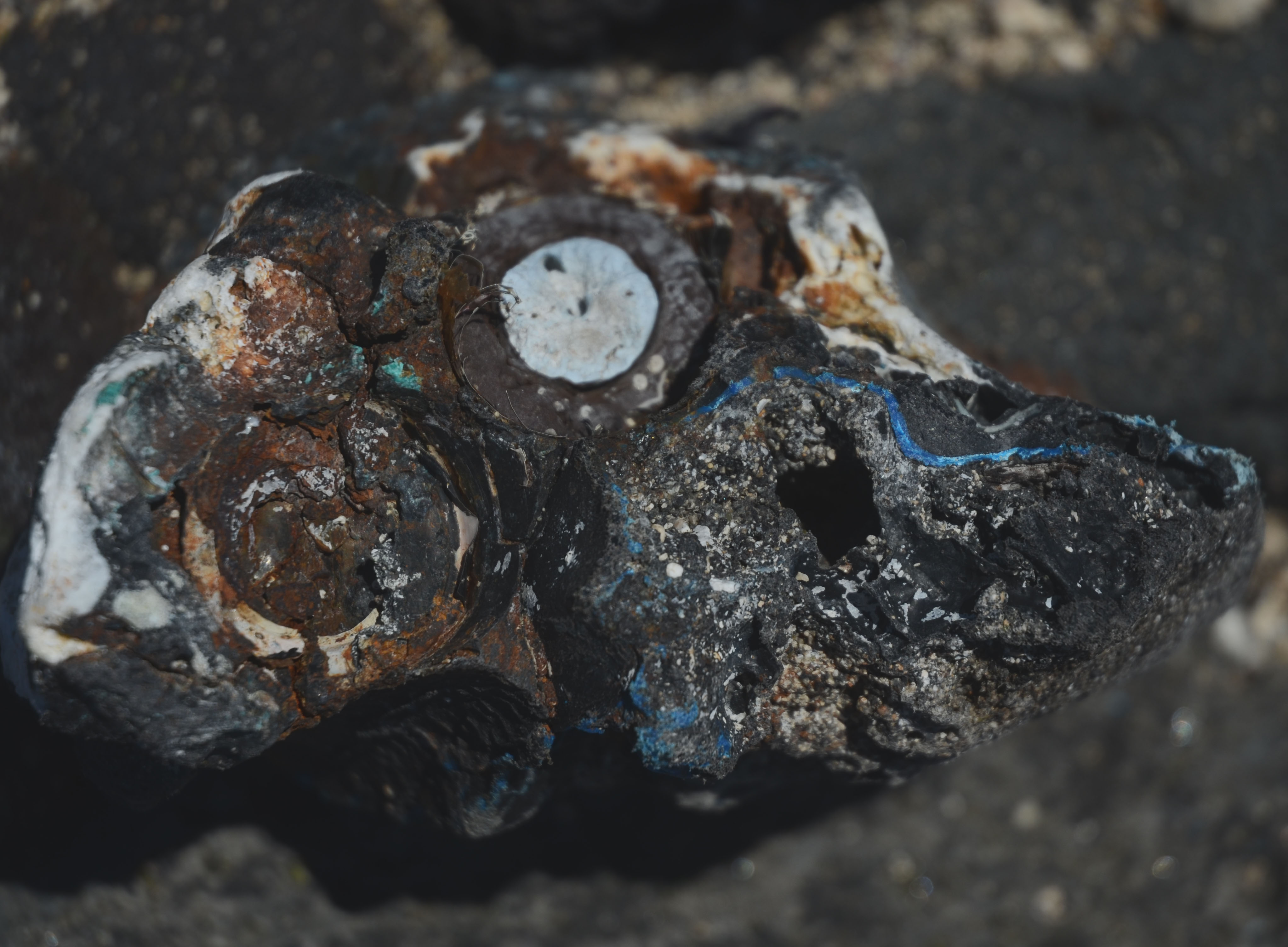
Plastiglomerates are formed through a seemingly innocent activity: campfires. Because the beach is difficult to get to, campers often stay for a week or more, using fires as a source of heat during their stay. Dr. Corcoran said plastic often ends up in fire pits just because it’s so plentiful, but melting garbage can also be a misguided attempt to clean up the beach. “We spoke with people who had a fire and said, ‘We’re just helping get rid of it,’” she said. “They’re not aware of the environmental dangers of that.”
Plastiglomerates are ecologically troubling beyond the toxins they release during burning. Lighter plastics like bottle caps, fishing netting and packaging containers can sit on top of the sand and are easier to pick up, or are at least more likely to be broken down through exposure to the sun. But plastiglomerates are denser, and can sink below the sediment. “Because it can become buried more easily, it will have a higher potential to become preserved,” said Dr. Corcoran. In the future it’s possible that the earth’s strata, the layers of different types of rocks, will include a distinct, plastic-speckled layer.
Plastics became staples of modern living in the mid-twentieth century, a period which, by no coincidence, is also being considered by geologists for the beginning of a new epoch: The Anthropocene. The term is used informally to describe the era of human influence on the planet, and the mid-twentieth century is the start of a number of meaningful changes in the makeup of earth’s ecosystems: the post-WWII population boom, spikes in greenhouse gasses, and the beginning of consumerism and disposable culture as we know it today.
While humans have been altering the landscape through agriculture for thousands of years, plastiglomerates represent a more artificial addition to the earth’s strata, and are a pointed example of what the Anthropocene looks like. Dr. Zalasiewicz, a geologist based at the University of Leicester, has written extensively about the Anthropocene and the importance of classifying a distinct era of human involvement in the environment. “The geology of plastic is something I’ve been interested in simply because there’s so much of it,” he said. “Plastics are a mid-twentieth century invention and manufacturing has gone from nothing to something like 300 million tons a year. It’s clearly escaping into the environment in various places.”
There’s still a lot of research to be done on plastiglomerates and what happens to them as they are buried further underground. Dr. Corcoran and her colleagues will study plastiglomerates in the lab, and the effects under higher pressure and temperatures.
Plastics are a uniquely human creation, and it looks like it’ll be in our rock record for years to come.
 The Magazine of The Sierra Club
The Magazine of The Sierra Club

